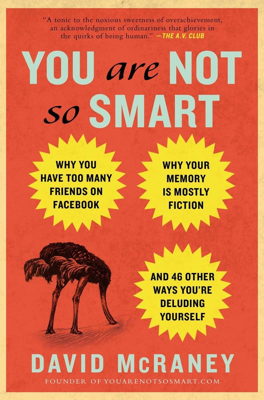The Affect Heuristic
Misconception vs. Truth
Misconception:
You calculate what is risky or rewarding and always choose to maximize gains while minimizing losses.
Truth:
You depend on emotions to tell you if something is good or bad, greatly overestimate rewards, and tend to stick to your first impressions.
The Affect Heuristic
- Definition: The affect heuristic describes your tendency to rely on emotions and initial impressions to judge whether something is good or bad.
- Impact: This heuristic influences decisions by overestimating rewards and underestimating risks based on emotional responses.
First Impressions and Emotional Judgments
- First Impressions: Initial judgments about people or situations are formed quickly and based on emotional responses, often lingering despite new information.
- Research Findings:
- Wilkielman, Zajonc, and Schwartz (1997): Participants' first impressions influenced their perception of Chinese characters, even when shown contradictory expressions later.
Emotional Brain vs. Rational Brain
- Brain Functionality: The brain has evolved layers, with the oldest handling survival instincts (hind-brain), the middle granting emotions and social awareness (mid-brain), and the newest handling reasoning and planning (frontal lobes and neocortex).
- Decision-Making: The emotional brain is quick and intuitive, aiding in simple, immediate decisions, while the rational brain is slower and methodical, necessary for complex tasks.
Evolutionary Perspective
- Risk and Reward: Your risk-avoidance systems, suited for immediate dangers and tangible rewards, struggle with abstract and complex modern risks.
- Research by Becharo and Demasio (1997): Participants unconsciously recognized risky patterns in a card game before their conscious minds did, illustrating the precedence of emotional responses in decision-making.
Case Study: Elliot
- Effect of Brain Damage: Elliot, a patient with damage to the orbitofrontal cortex, exemplified the importance of emotions in decision-making. Post-tumor, he could no longer make decisions effectively due to a lack of emotional input, illustrating the indispensability of the affect heuristic.
Practical Implications
- Failure of Statistics and Charts: Politicians and marketers succeed using anecdotes and emotional appeals because people respond more to these than to cold data.
- Misjudgment of Risks: The heuristic causes people to overestimate familiar dangers (like crime) while underestimating less apparent but significant risks (like heart disease).
Studies on Risk Perception
- Research by Funicane et al. (2000):
- Participants who read about the benefits of technologies rated them as less risky and vice versa, demonstrating the entwined perception of risk and reward.
Influence and Manipulation
- Impact on Decision-Making: The affect heuristic explains why you often rush to judgment and stick with initial impressions. It also illustrates your tendency to downplay negative aspects when you perceive something as beneficial and vice versa.
- Awareness: Recognize when emotional language and imagery are used to influence your decisions. Understand your propensity to cling to first impressions and familiar risks while ignoring new, perhaps more significant, threats.
